If you've only just begun your vinyl journey or are just looking to fill in some blanks in your growing collection, then our list of the 20 best classic rock albums to own on vinyl should come in very handy.
Sure, digital downloads and streaming serve a purpose and are a great way of discovering artists that might otherwise have passed us by, but nothing beats the warm sounds of vinyl. There's something magical about dropping the needle on a slice of wax and listening intently while scouring the artwork, liner notes and lyrics to get the maximum enjoyment out of your most recent purchase.
It doesn't even seem that long ago that vinyl was being dumped on the scrap heap when the CD was being touted as the future – but vinyl has bounced back and sales have continued to rise over the last few years.
Speaking previously with Classic Rock about the resurgence in the popularity of vinyl, author Jennifer Otter Bickerdike said: “It took a journey to the brink of extinction for us to realise how important the physical record is in defining self, community and culture.”
So whether you're new to rock or a seasoned veteran, here are 20 of the best classic rock albums to own on vinyl. We've got full reviews, stories behind the albums and other related content for each album, so you can take a deep dive while you listen to your newly-acquired records.
And with Black Friday set to return on November 29, I'll be covering all the best Black Friday vinyl deals, Black Friday record player deals, Black Friday CD player deals and Black Friday CD deals.
Editor's picks
To get you started, we've picked a few classic rock vinyl records that should definitely be in your collection, whether you're just starting out on your vinyl journey or if you're a seasoned rocker looking to update your collection.
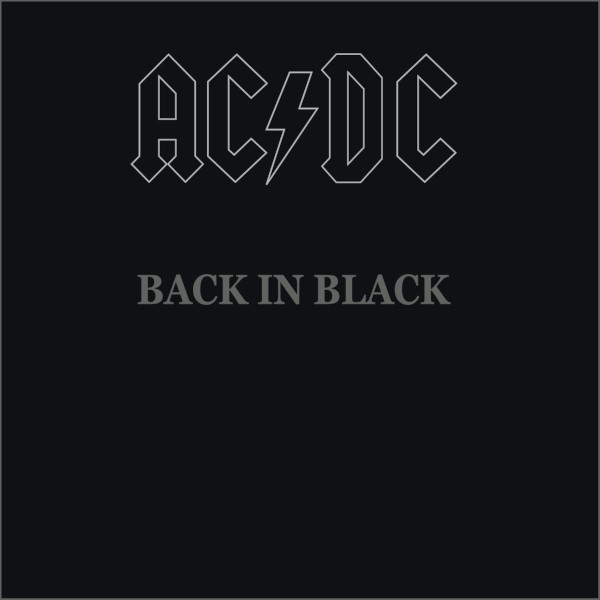
AC/DC's first album with Brian Johnson on vocals after the tragic death of frontman Bon Scott is a masterpiece from start to finish. It's essential rock listening and features tracks that are still AC/DC staples such as You Shook Me All Night Long and Shoot To Thrill. And there's no better album opener than Hells Bells.
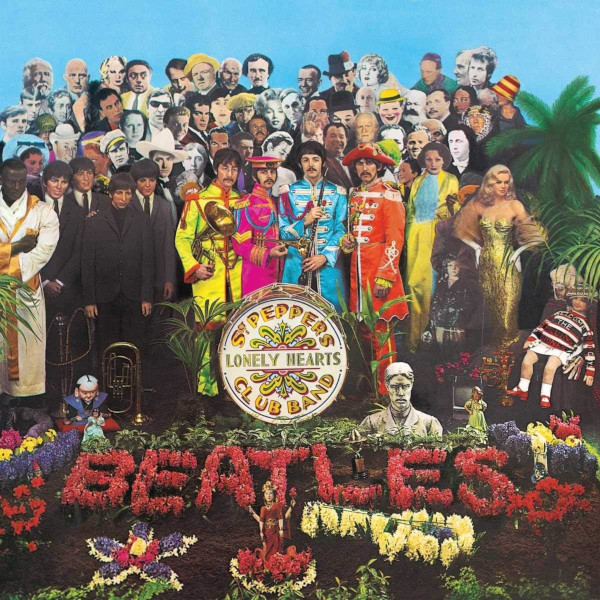
Home to many Beatles classics such as Lucy In the Sky With Diamonds, When I’m Sixty-Four and Lovely Rita, this is the album to get if you’re just starting to discover the band. It's also a must-buy for everyone else - an amazing moment captured in time that everyone should experience.
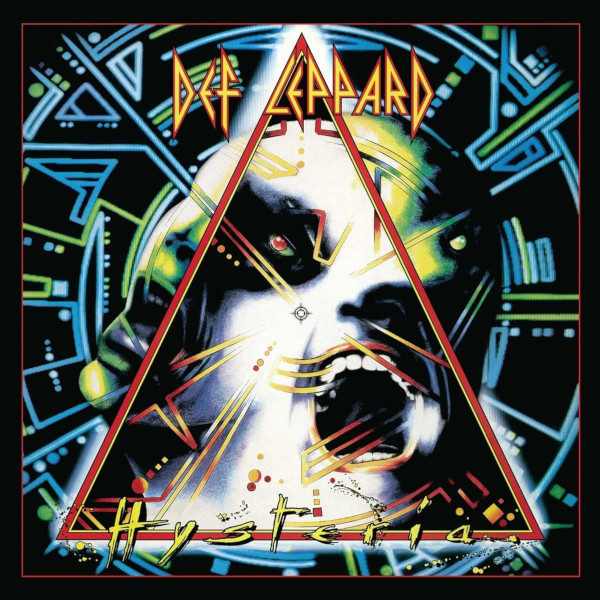
You could argue that Pyromania has a bit more edge to it, but there's no denying the impact of Hysteria on the rock world when it hit shelves in 1987. It's jam-packed with great playing and massive sing-along choruses. It's the record that turned the band into megastars... and they've never looked back.
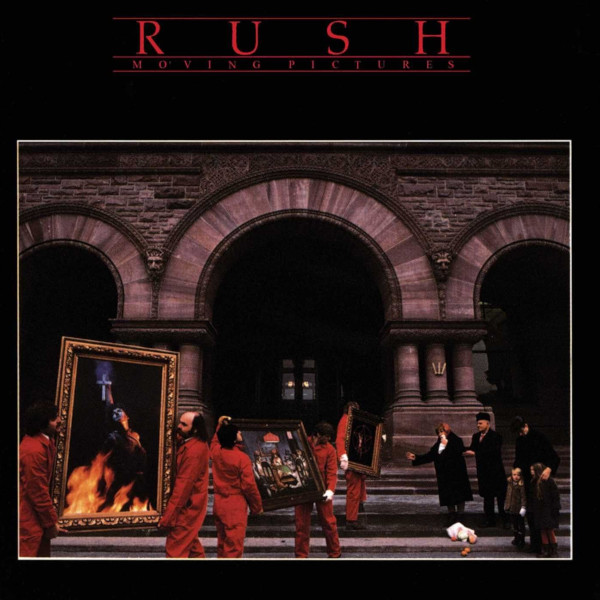
Rush fans might argue what the band's best album was, but Moving Pictures serves as a great intro to the band and an essential listen for rock fans. It marked an exciting new chapter for Rush and features stone cold classics Tom Sawyer, YYZ, Limelight and the menacing Witch Hunt.
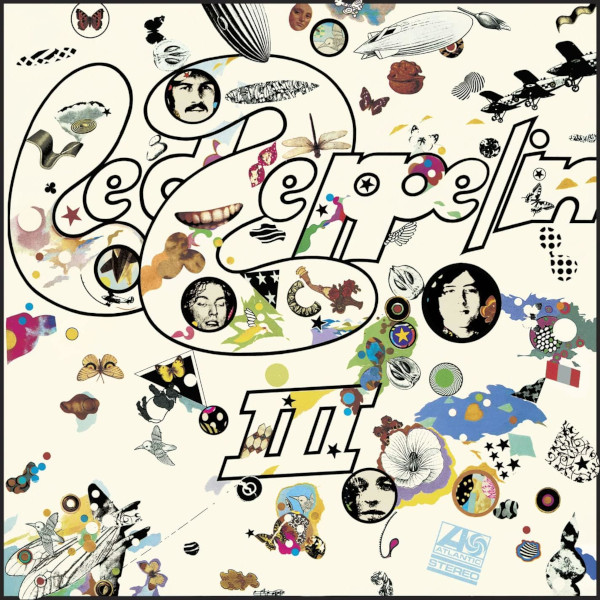
While I could have picked out any Led Zeppelin album - and they all deserve a place in your vinyl collection - my favourite is 1970's Led Zeppelin III. Kicking off with the galloping Immigrant Song, the album rolls beautifully along and includes other standouts like Celebration Day and Bron-Y-Aur Stomp.
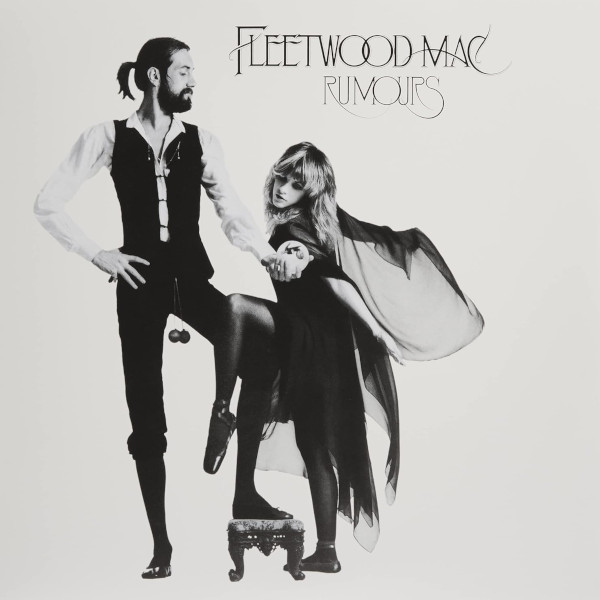
With a band with as many albums as Fleetwood Mac, picking a single record isn't easy - but it's hard to see past 1977's Rumours. It's the band's most famous album for good reason thanks to songs like Dreams, Don’t Stop, Go Your Own Way and The Chain - but there's so much more. Essential.
1. AC/DC: Back In Black
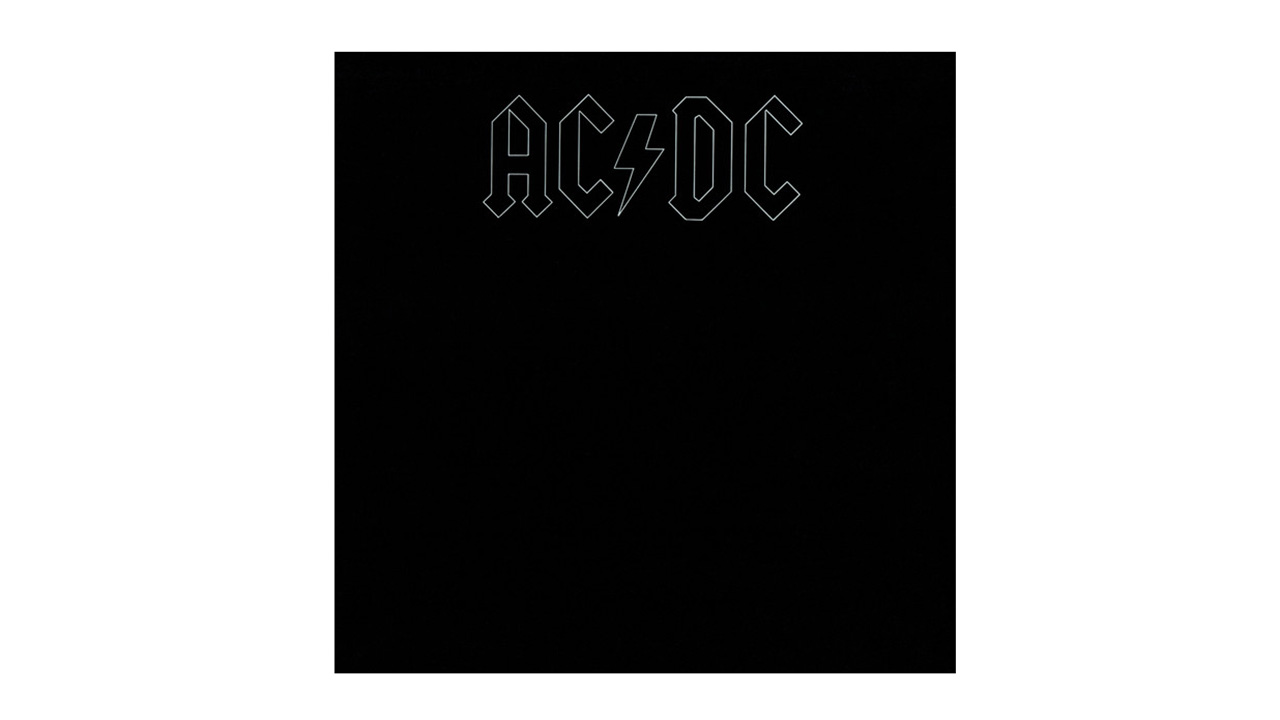
AC/DC looked to be on their way up in 1980. They had released a series of successful records, finally broke the US with their album Highway To Hell, and were set to record the album that would eventually become Back In Black. However, in February of that year, frontman Bon Scott was found dead in London. After his funeral – and with some encouragement from his parents – the remaining members of AC/DC began looking for a new vocalist – and within the space of a couple of months, Brian Johnson was announced as the new singer.
The band paid tribute to Scott with the album’s black cover: it was meant to be entirely black with embossed lettering, however, the record label insisted on including grey for the band’s logo. Back In Black also starts with bells ringing for Bon. Apart from that brief opening, there are no reflective, mourning or sad songs. In general, the band stuck with what they knew: hard-hitting and good old-fashioned rock'n'roll.
Back In Black is full of meaty riffs that every novice guitar player will attempt to learn at least once, and it also boasts solos that experienced players wish they could emulate. Tracks like You Shook Me All Night Long have infection choruses that suit the massive arenas they would eventually fill, while Shoot To Thrill is an adrenaline-filled rock anthem that would be used on film soundtracks years after its release.
Back In Black’s catchy riffs and quotable lyrics are so synonymous with rock music that they're known by even the most casual of listeners, while the songs have remained staples in AC/DC’s live performances down through the years.
Read our full AC/DC: Back In Black review
2. Black Sabbath: Paranoid
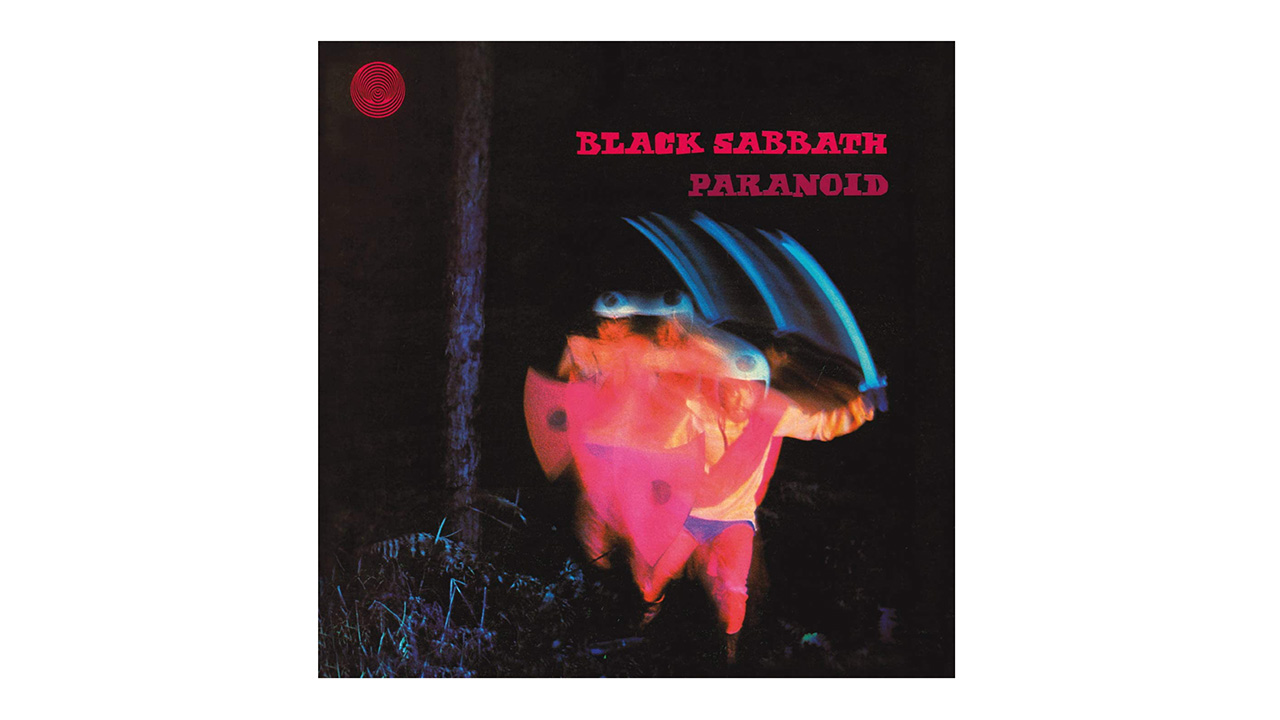
As anyone who likes unsociably loud music will tell you, heavy metal is popularly thought to have been born in 1970 when Brummie headbangers Black Sabbath released their self-titled debut album. Let’s go one further and suggest that heavy metal really hit its stride for the first time with Sabbath’s second album, Paranoid, a heavier, more threatening and more nuanced collection of songs.
The one-two opening shot of War Pigs and Paranoid itself simply cannot be bettered in the metal world. The former, a critique of warfare and in particular of the American government’s policies regarding Vietnam, sees lyricist and bassist Geezer Butler on peak form – even if he can’t find a better way to rhyme ‘masses’ than with itself in the couplet 'Generals gathered in their masses/Just like witches at black masses'.
The latter, a zippy paean to mental instability, is probably Sabbath’s best-known song, executed at a rare, non-doomy tempo. The album then moves on to the sensuous instrumental Planet Caravan, a beautiful, landscaped song, before the pulverising hammer blow of Iron Man.
It’s not sheer power that makes Paranoid a unique album, although it has that to spare: it’s the keen awareness of songwriting dynamics displayed by Butler plus singer Ozzy Osbourne, guitarist Tony Iommi and drummer Bill Ward, all still in their very early 20s at the time of recording. That a record such as this was written and delivered by such young musicians is nothing short of miraculous, albeit in the infernal rather than heavenly sense.
Read our full Black Sabbath: Paranoid track-by-track
3. Thin Lizzy: Live And Dangerous
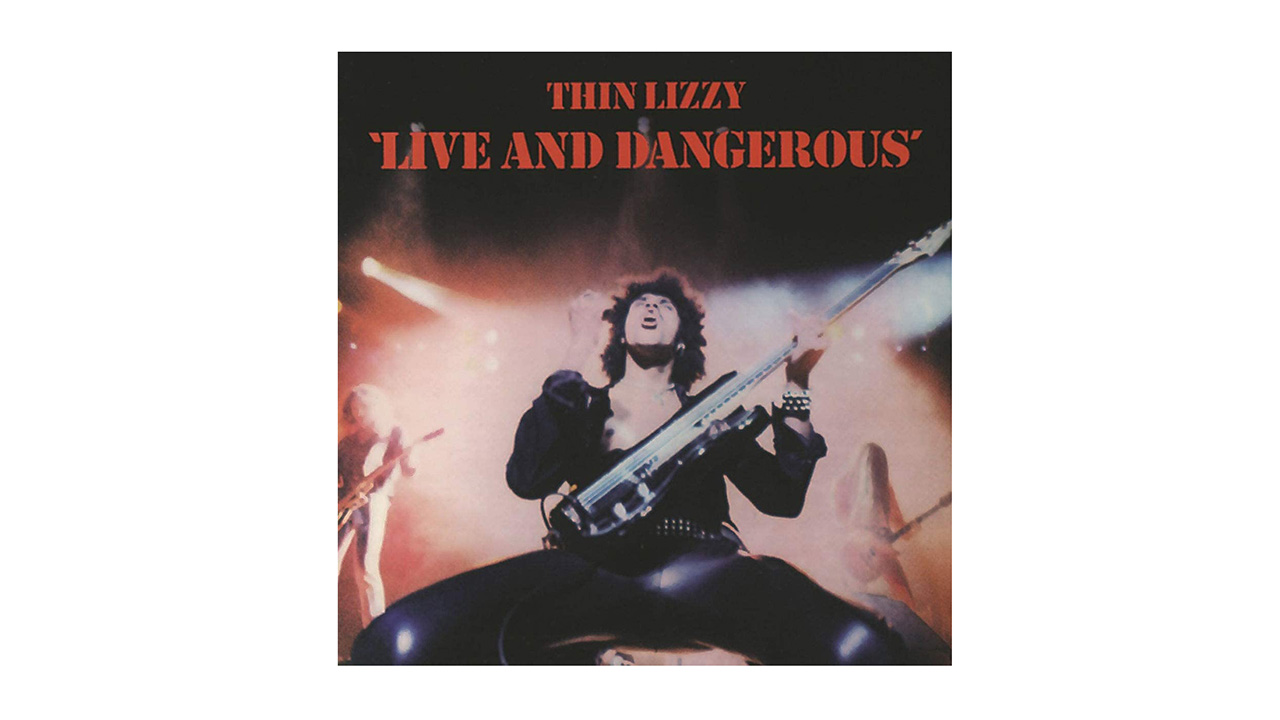
Thin Lizzy, the hard rock titans fronted by the iconic Irish singer Phil Lynott, had already released seven albums in six years by the time they got around to releasing a live collection – but when it came, it was a monster. A double album of live tunes recorded in various locations, Live And Dangerous was one of the earliest in-concert collections to match, or even surpass, the studio skills of the band which created it.
Masterminded by producer Tony Visconti, whose track record with David Bowie, T-Rex and other artists had made him something of a king among his profession, the album pulls off the trick of sounding both live and polished.
Rosalie was the single released from the LP, but frankly any number of songs represent its sheer energy equally well – not least the opening cut, Jailbreak, and a furious take on what is arguably Lizzy’s most famous song, The Boys Are Back In Town. The textures of their live material were improved no end by a sax player, John Earle, and none other than Huey Lewis – yes, that infamous Huey Lewis, himself still five years away from global success.
Like Motorhead’s No Sleep ’Til Hammersmith, released three years later, Live And Dangerous remains one of the quintessential live albums of the golden age of hard rock.
Read our full Thin Lizzy: Live And Dangerous review
4. The Rolling Stones: Sticky Fingers
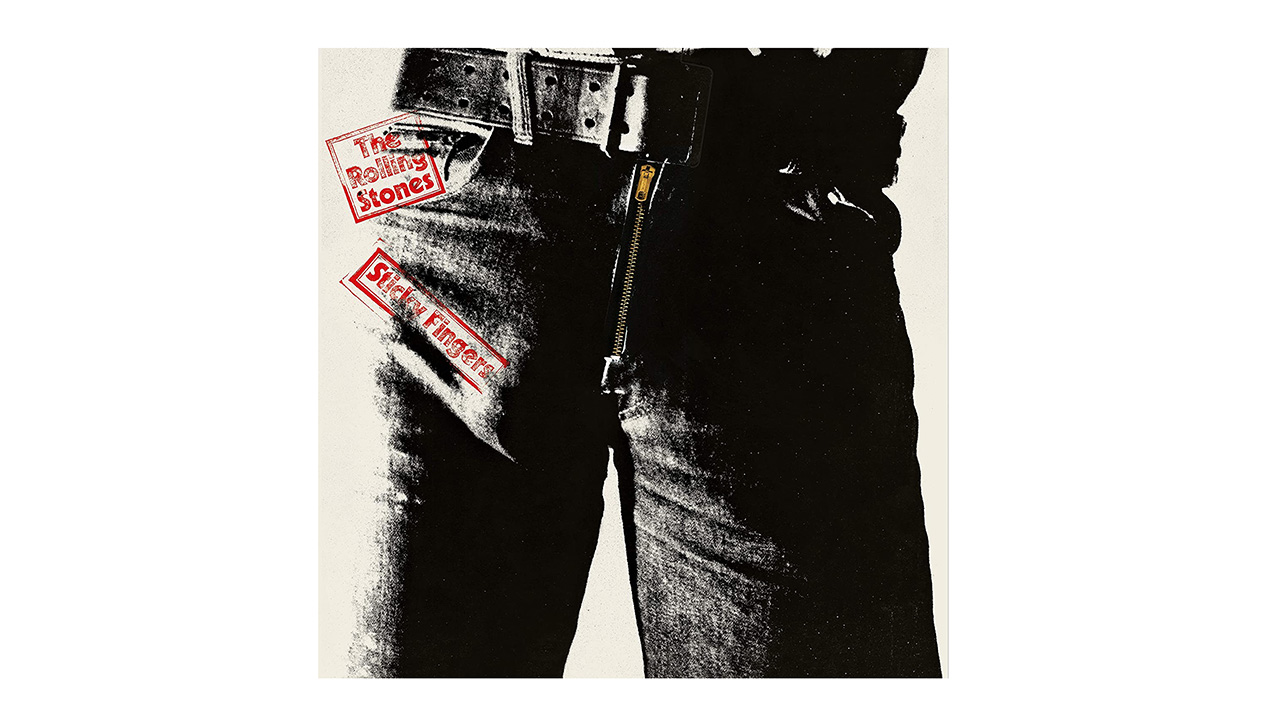
No record collector wants sticky fingers on vinyl. Sticky Fingers on vinyl, however, is a different story. Recorded over two years in three locations (Muscle Shoals Sound Studio in Alabama, frontman Mick Jagger’s own country home and Olympic Studios in London), Sticky Fingers was the first LP by The Rolling Stones to be released on their own Rolling Stones Records. The album is also the first to feature Mick Taylor, who replaced guitarist Brian Jones in 1969. Amongst the handful of guest musicians to appear on the record, The Who’s Pete Townshend is perhaps the most notable, believed to have contributed backing vocals to Sway.
As well as being revered as one of The Rolling Stones’ best, Sticky Fingers boasts one of the most classic album covers in rock. The artwork – concepted by renowned artist Andy Warhol – was photographed by Billy Name and features a fully-working zip on most original pressings.
Due to the LP’s unique construction, hidden underneath the cover art is a second print of presumably the same model stripped down underpants embellished with Warhol’s name and the curious line: “This photograph may not be – etc.” The model was widely believed to be Jagger himself upon the record’s release, though is now known not to be the case.
In fact the identity of the crotch’s owner remains a mystery. And though only small on the reverse of the record, Sticky Fingers was the first time The Rolling Stones’ now iconic tongue and lips logo had been used.
Read our full The Rolling Stones: Sticky Fingers review
5. The Beatles: Sgt Pepper’s
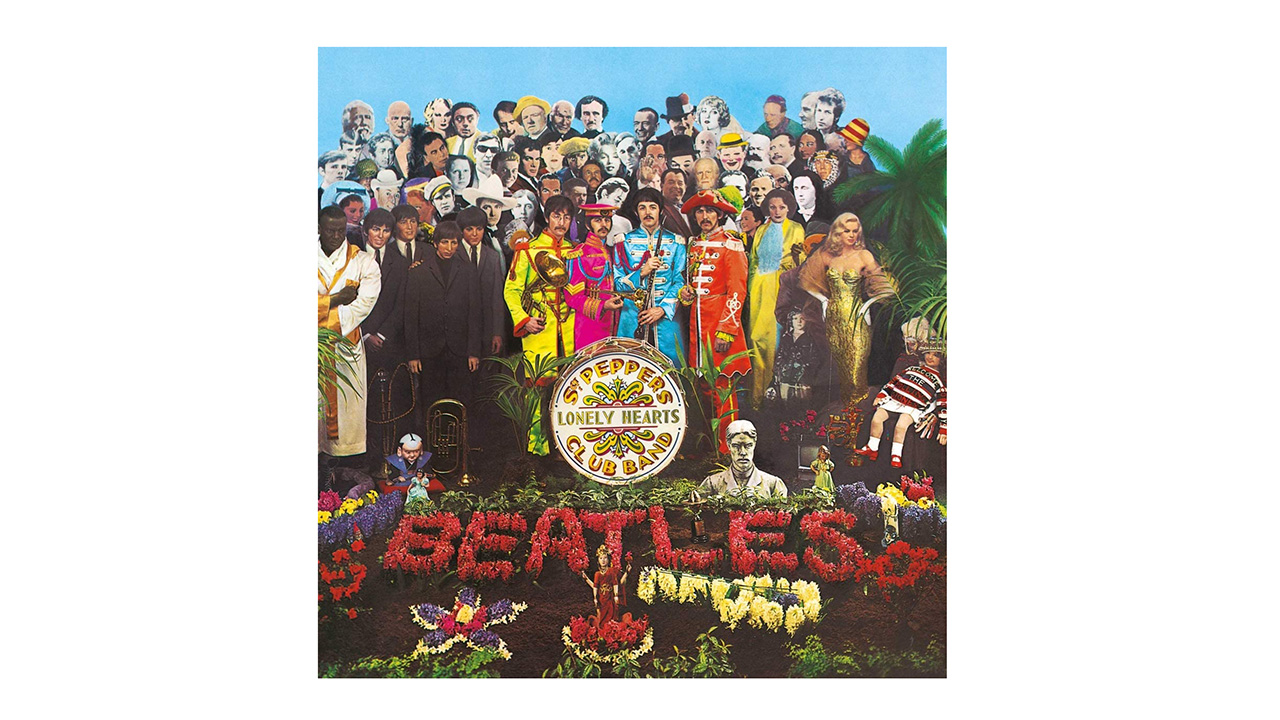
Before Sgt Pepper was released in 1967, things were looking bleak for The Beatles. The band announced in 1966 that they would be retiring from live performances and there were rumours of the their breakup. The fact that all four members took a three-month hiatus didn’t help calm the rumours.
But The Fab Four would then embark on their most ambitious project – and one that would go on to break sales records, despite not having any singles released to promote it. Upon release, the BBC was quick to ban the song A Day In The Life due to the lyrics being interpreted as encouraging drug use, with the lyric, '4,000 holes in Blackburn' thought to reference holes in the arm of a drug user. While these innuendos were never confirmed or denied by the group, Paul McCartney’s response was blunt when he said, “We don’t care if they ban our songs. It might help the LP.”
The Beatles included a couple of things with the vinyl release to make the fan’s listening experience at home more interactive. Sgt Pepper was the first rock LP to have the lyrics to their songs printed on the cover, before then, magazines would usually print them. Original pressings of the vinyl also came with a piece of card with numerous cut-outs including a drooping moustache, sergeant stripes and a stand of the four Beatles.
There have been a number of coloured vinyl pressings released over the years, including in red, yellow, orange, a Canada-only pink and grey marbled edition as well as a picture disc featuring the iconic album artwork.
Read our full The Beatles: Sgt Pepper's review
6. Def Leppard: Hysteria
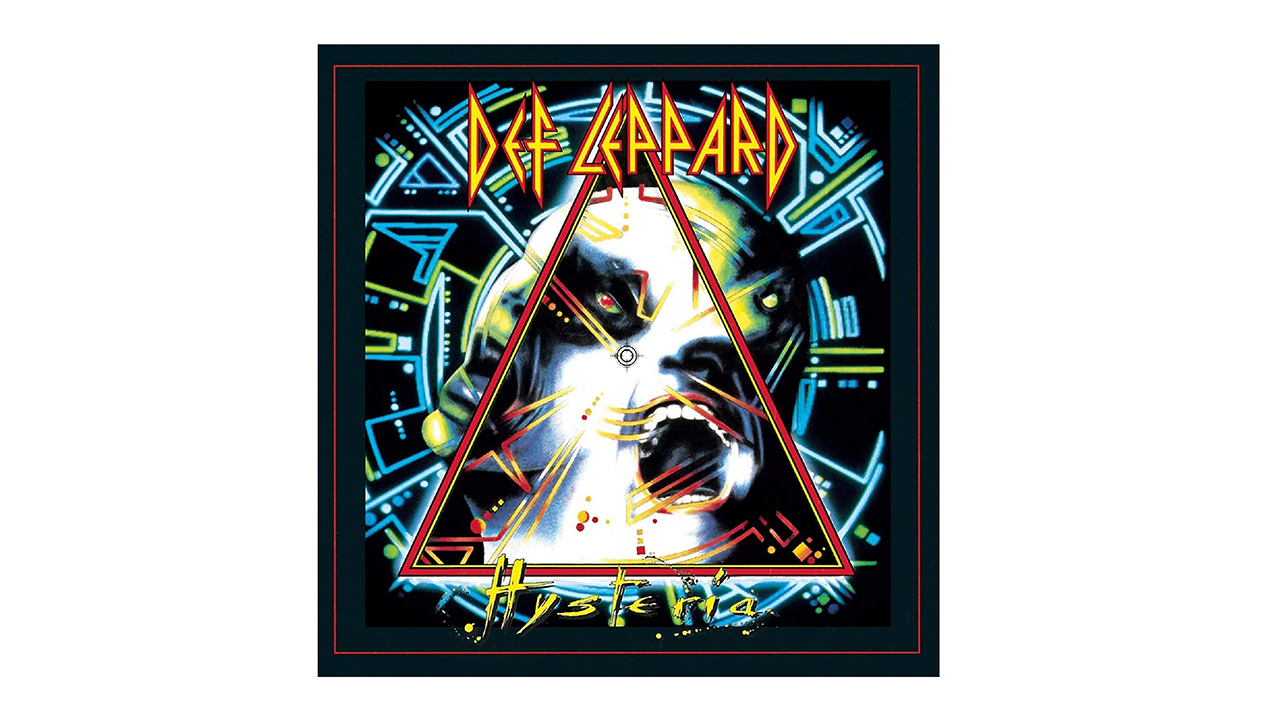
If 1983’s Pyromania had Def Leppard dipping their toe into pop’s waters, Hysteria was a cannonball at the deep end. From the beginning, the album’s concept had remained the same – to be a hard rock version of Michael Jackson’s Thriller, on which every track could be a hit single – and indeed seven of the 12 tracks were, one more single than Thriller. At just over 25 million copies sold worldwide, Hysteria remains the band’s best-selling record.
Def Leppard’s turbocharged fourth record infamously took almost four years to produce and at a cost just shy of $5 million. At a run time of around 63 minutes, Hysteria really stretched the limits of how long a standard album at the time could be – unfortunately for audiophiles, to the detriment of the vinyl pressings.
Over an hour’s worth of music is way too much to squeeze on to a single platter and retain a high standard of audio quality. More recent vinyl releases of the album remedy this by running over two LPs, most notably the 30th anniversary gatefold vinyl re-issue, featuring fully remastered tracks on a strikingly translucent orange 180g wax.
Read our full Def Leppard: Hysteria review
7. Rush: Moving Pictures
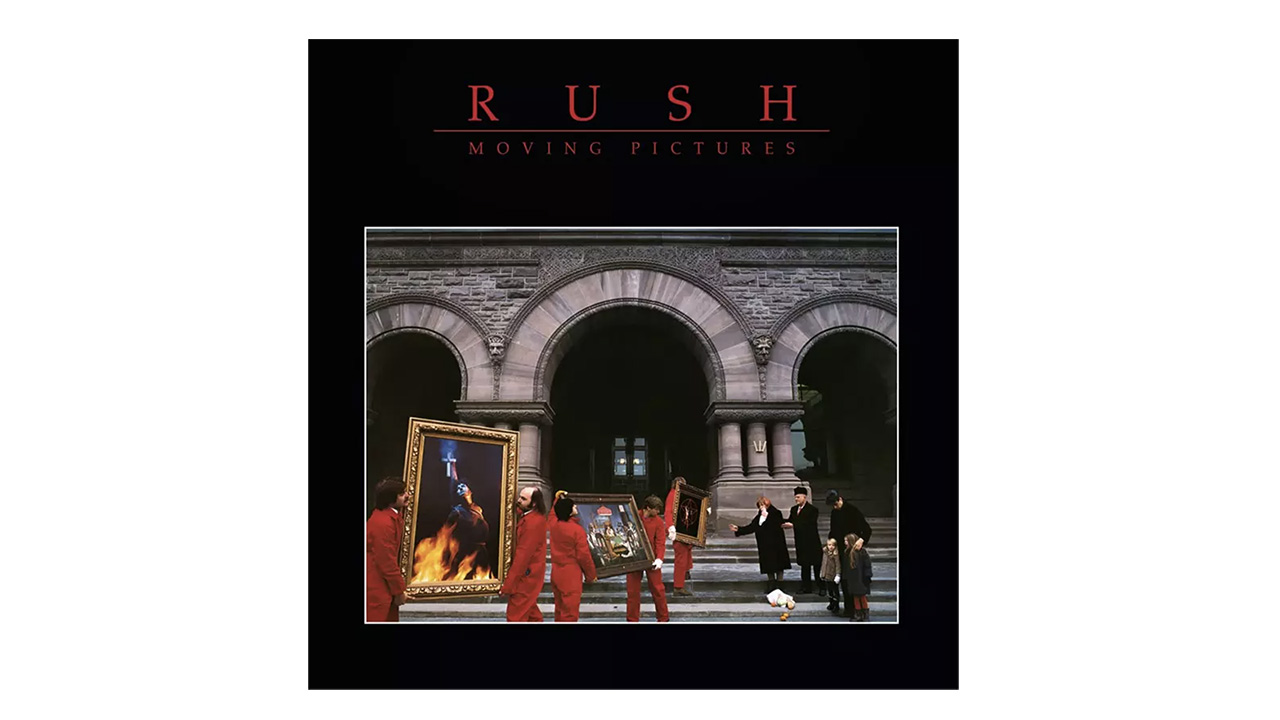
Canadian legends Rush might have served notice on their intent to move away from side-long prog epics with the release of 1980’s Permanent Waves, but it was Moving Pictures the following year which really saw the band nail down their new sound.
Recorded at Quebec’s famous Le Studio with long-term producer Terry Brown at the helm, Geddy Lee, Alex Lifeson and Neil Peart settled down to record what would go on to become not only a fan favourite, but one of the Rush’s most commercially successful records.
The record kicks off with gusto with the timeless Tom Sawyer – arguably Rush’s most recognised song – and a track that would become a staple in their live sets through to their final performance in Los Angeles in 2015. It was also a song the band loved to play, with Peart telling George Stroumboulopoulos Tonight in 2012: “I haven’t changed barely a note – maybe one fill – in Tom Sawyer in 30 years because it’s still challenging and satisfying to play just how I made it up.”
Moving Pictures then hits the fast lane with the wistful and driving rhythms of Red Barchetta before chiming into Rush’s signature instrumental YYZ – a raucous arrangement which twists and turns in the wind as it powers along. Side A closes out with the spectacular Limelight, Peart’s take on fame and the trappings that come with it.
The Camera Eye opens side B and is, in some ways, a return to their lengthy epics of old. Weighing in at over 10 minutes, it’s jam-packed with synths, time changes and underpinned by Lee’s meandering bass. Witch Hunt’s riff is a thing of beauty and it’s a punchy, menacing track which perfectly tees up album closer Vital Signs – a sign of things to come indeed and a track that would have no trouble featuring on Rush’s next studio album, Signals in 1982.
Moving Pictures was the start of a new chapter for Rush and the springboard to global success for the trio. It’s also quite remarkable to think this came just six years after Rush’s second studio album Fly By Night, Peart’s debut with the band in 1975. Between that album and Moving Pictures, Rush recorded and released Caress Of Steel, A Farewell To Kings, Hemispheres and Permanent Waves – quite a body of work in such a short period of time.
Read the full story of Rush: Moving Pictures
8. Neil Young: Harvest
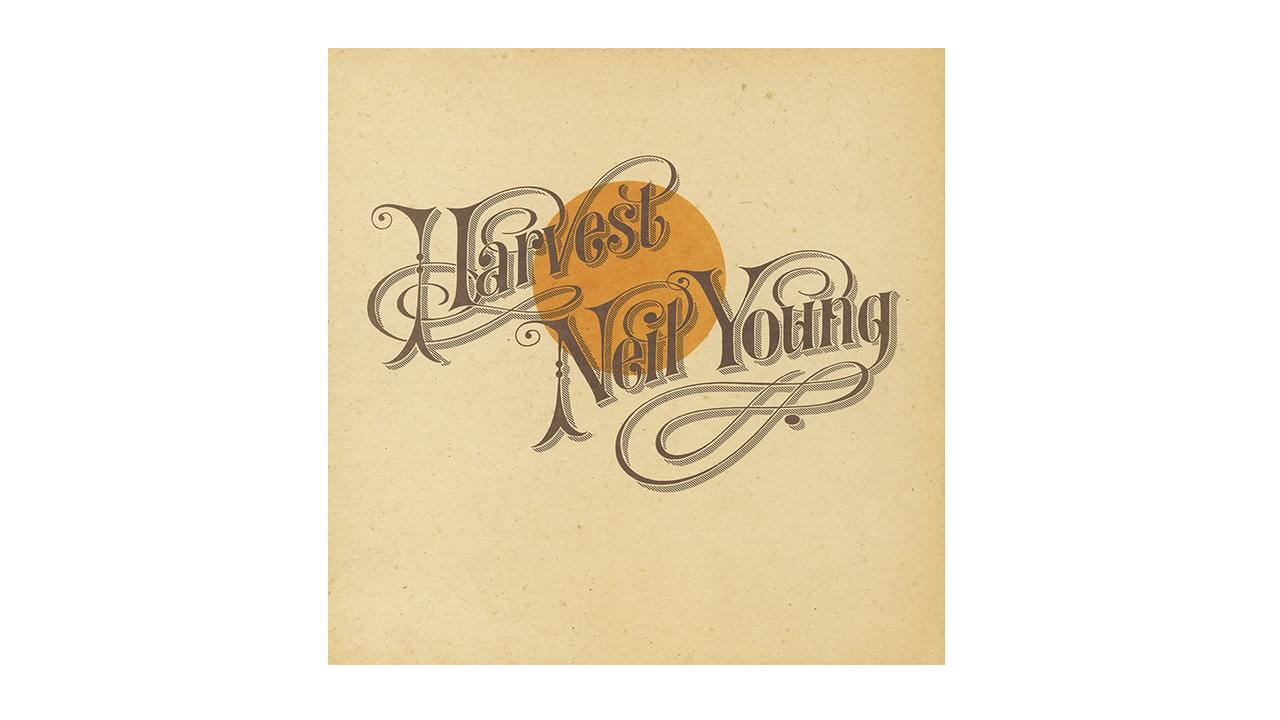
When Neil Young released Harvest in 1972, he was elevated to the status of household name, largely because of the hugely-acclaimed songs Heart Of Gold and The Needle And The Damage Done. The former is more easily digestible and catchier; the latter is darker, more gloomy in tone and production because it was recorded live, and also better.
The Needle And The Damage Done, recorded in concert at UCLA the previous year, was a paean to those of Young’s friends who had succumbed to heroin overdoses, in particular his previous bassist Danny Whitten. It ends suddenly, halfway through a chord sequence, lending this otherwise slick album a threatening edge.
Critics didn’t give Harvest particularly good reviews at the time of its release: some felt that he was repeating the After The Gold Rush formula a little too readily. However, in years to come the album was recognised as an all-time classic – even by the members of Lynyrd Skynyrd, whose song Sweet Home Alabama was written in response to some anti-Southern sentiments expressed by Young in the song Alabama.
Read our full Neil Young: Harvest review
9. Eagles: Hotel California
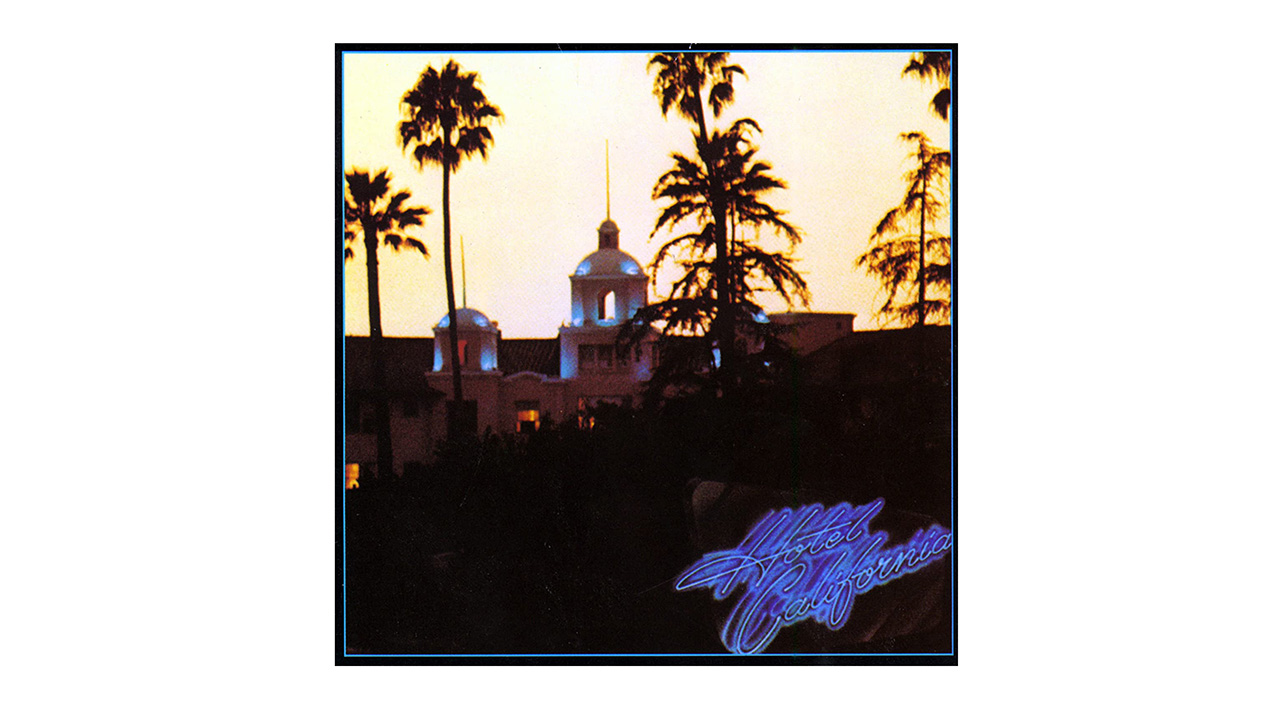
"Welcome to the Hotel California.” On the Eagles’ fifth studio album, they conjured up the allegorical hotel as a means to convey their disillusionment with the supposed ‘American dream’ – just the beginning of a wider commentary on the self-destructive nature of the rock music industry at the time, the United States and the wider world.
Indisputably one of the most iconic rock albums of all time, Hotel California won the band a Grammy Award (Record Of The Year for the album’s title track) and has sold more than 30 million copies (the Eagles’ second highest selling album of all, after the success of Their Greatest Hits (1971–1975).
Hotel California marked guitarist Joe Walsh’s band debut, whilst also the final LP with bassist Randy Meisner. The album was recorded at Criteria Studios, Florida and Record Plant Studios, California with producer Bill Szymczyk who had also worked on the Eagles’ previous record, One Of These Nights. Recording sessions at Criteria Studios were often disrupted by the noise from Black Sabbath working on Technical Ecstasy in the studio next door.
Read our full Eagles: Hotel California review
10. Led Zeppelin: Led Zeppelin III
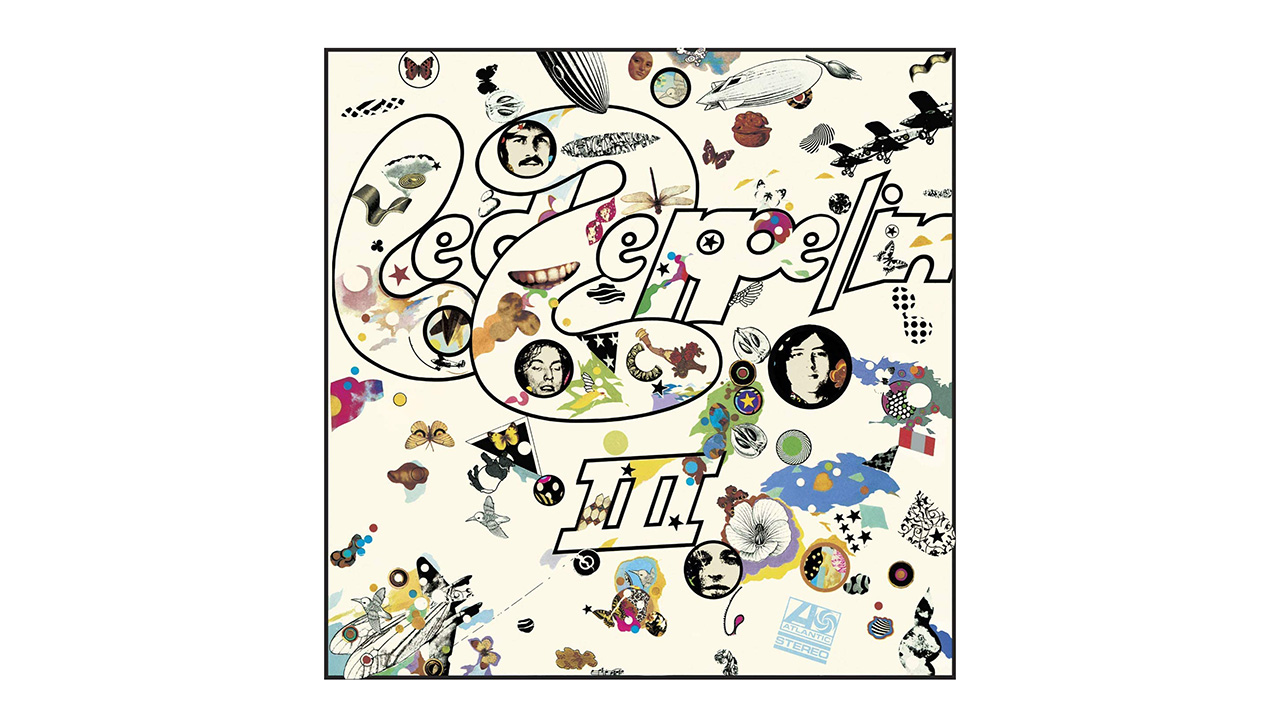
In reality, Led Zeppelin were guided by Jimmy Page and no-one else – which explains the direction Led Zeppelin III took. While Zep’s debut album and the follow-up, both released in 1969, had essentially been LPs of hard rock songs with a few acoustic parts here and there, III was mostly unplugged. A calmer, sweeter, more relaxed vibe permeated the record as a result, itself aided by the fact that Page and Robert Plant composed the songs in a remote Welsh cottage called Bron-Yr-Aur. With no running water or electricity, the twosome pulled out acoustic guitars, began writing – and in doing so established the great rock tradition of ‘getting it together in the country’.
Sit back in your beanbag, slap some headphones on and immerse yourself in the opening cut, Immigrant Song – the heaviest song on the album. Page’s classic octave-based guitar riff chimes in, while Plant delivers the wail for which he had already become famous. Friends is a deeper song, despite being largely acoustic: where it excels is with its unusual orchestration of Indian-sounding strings.
We all agree that Led Zeppelin III is a splendid album nowadays, but critics just didn’t get it at the time. Neither heavy enough for headbangers nor progressive enough for Jethro Tull fans, it fell between two stools, it was thought. How wrong they were, and how wonderful hindsight is.
Read our full Led Zeppelin III review
11. Fleetwood Mac: Rumours
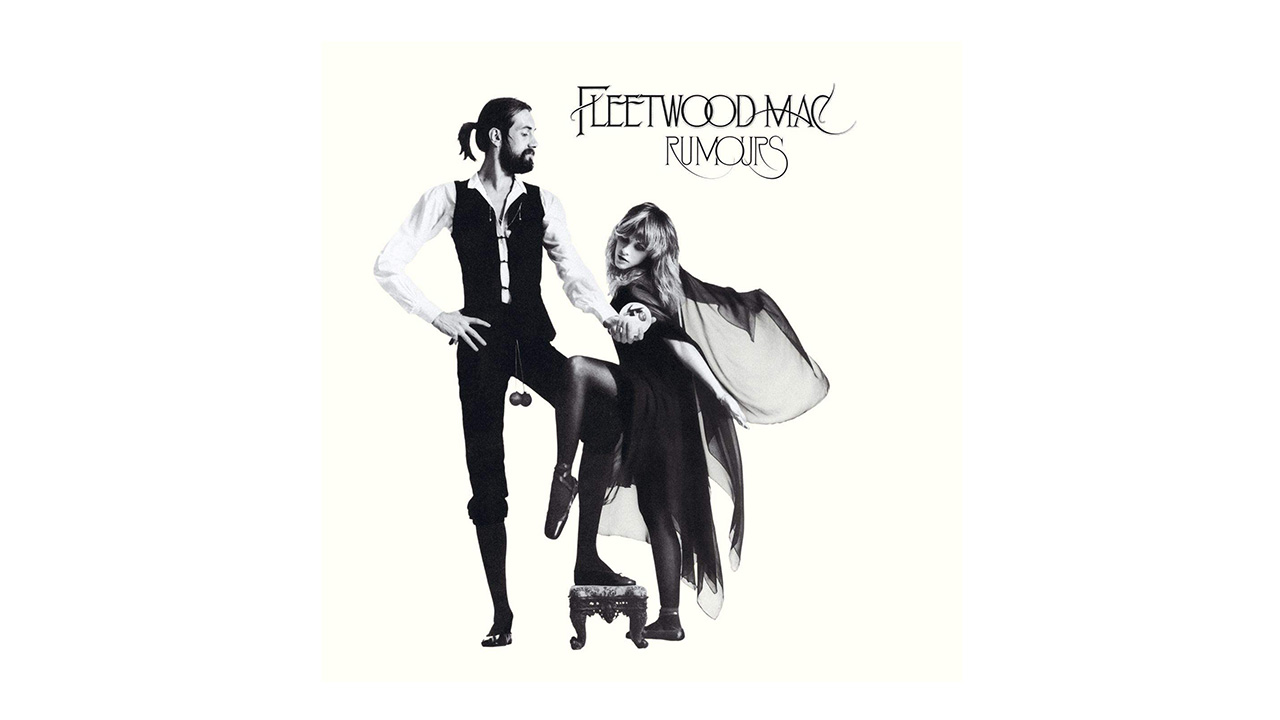
On their 11th record, Fleetwood Mac crafted a bittersweet masterpiece fuelled by perhaps one of rock’s most infamous melodramas. Released in 1977, the intensely personal Rumours has become the seventh highest-selling studio album of all time with more than 45 million copies sold worldwide. Also winning the five-piece a Grammy award for Album Of The Year in 1978, the iconic record not only features Fleetwood Mac’s best work but some of the best songwriting of all time.
The seminal LP featured the fifth incarnation of the band - the duo of guitarist Lindsey Buckingham and vocalist Stevie Nicks joining Mick Fleetwood, Christine McVie and John McVie two years previous following the departure of Bob Welch. A transition triggered on 1975’s eponymous release, Rumours completes Fleetwood Mac’s progression from a band of blues cliches to one of bright pop singles and immaculate songwriting.
Among the plethora of official and unofficial rereleases over the past 40 years, audiophiles will revel in the 2011 version that was released for US Record Store Day, which was cut at 45rpm on heavyweight 180g vinyl and remastered from the original analogue tapes to achieve maximum audio quality.
Every song on Rumours ranked from worst to best
12. The Jimi Hendrix Experience: Are You Experienced
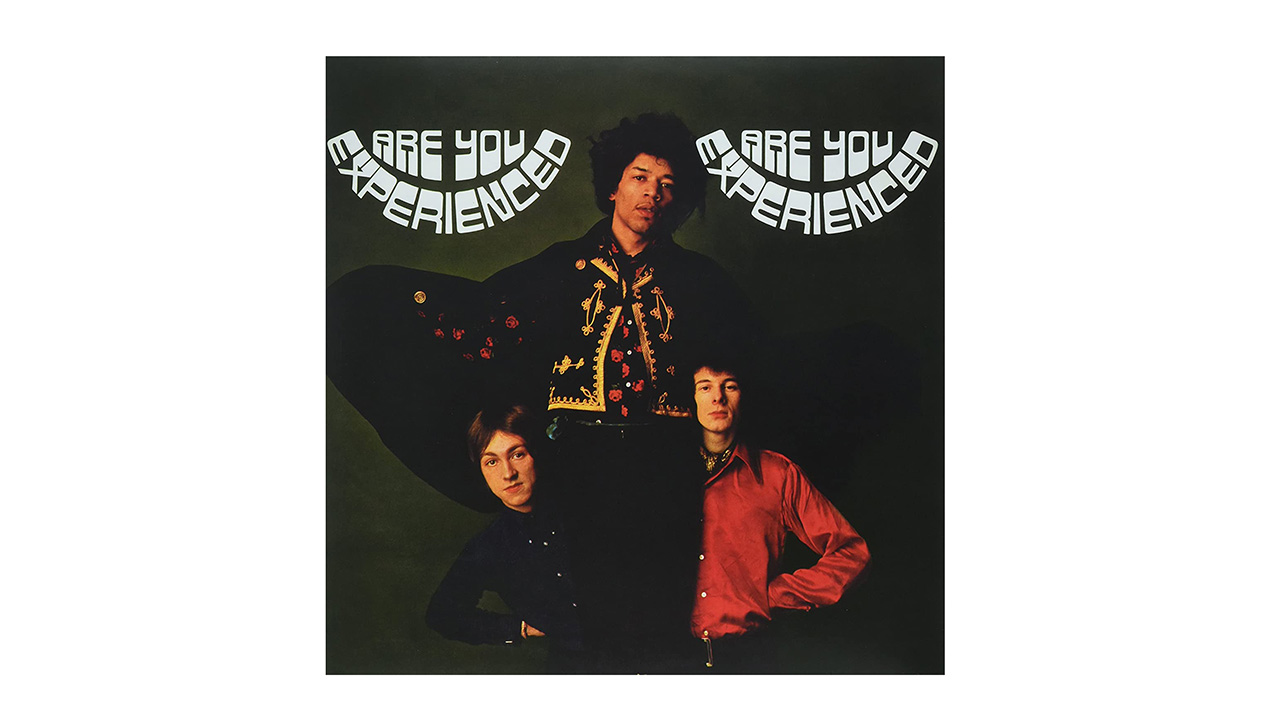
Often considered one of the greatest albums of all time, and cementing Jimi Hendrix’s status as the original guitar hero, Are You Experienced remains a significant milestone in the history of rock music over 50 years since its release.
Recording for the album was done in between a busy schedule of live performances, though the trio notoriously laid down entire tracks with minimal fuss. Most notably, The Wind Cries Mary was reportedly recorded in a single take having only been written the night before by Hendrix. It's estimated that the album cost no more than £1500 to produce.
The original UK release of the LP in May 1967 featured a mono mix, but a stereo mix was also produced when the record made its way to the US in August of the same year. There are several differences between the two mixes, including a drumroll on May This Be Love and the sound of Hendrix turning pages of lyrics which are not audible on the mono mix.
Explore the making of Are You Experienced
13. Guns N' Roses: Appetite For Destruction
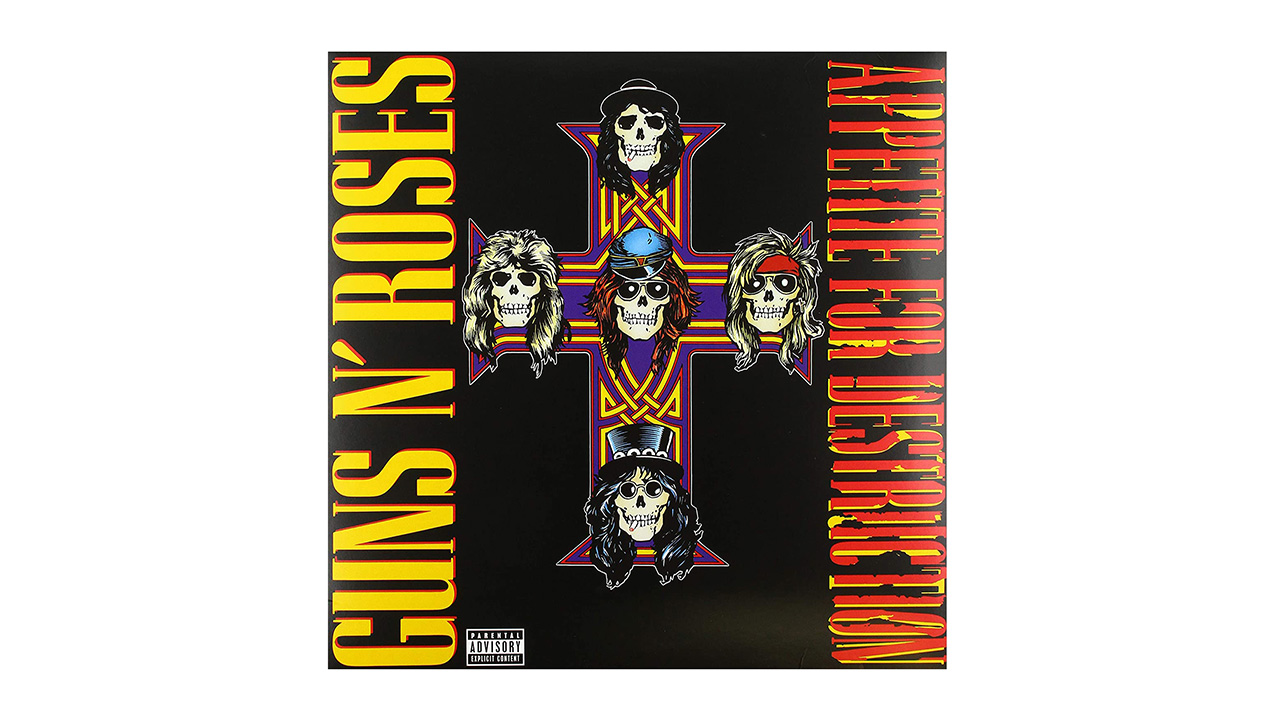
To this day, Appetite For Destruction is the best-selling debut album, and one of the best selling albums, of all time. Guns N’ Roses brought an edge to rock music inside and outside the studio that hadn’t been seen since the Rolling Stones days.
Appetite For Destruction features the singles Welcome To The Jungle, Sweet Child O’ Mine and Paradise City, which all made it to the top 10 in the US charts. The opening of Welcome To The Jungle perfectly captures you by teasing with light echoing guitar before building and then exploding into the blues-grooving main riff. Rather then having a Side A and Side B, Appetite For Destruction has a G and R Side, with the Guns side featuring the songs on drugs and life in Hollywood and the Roses side comprised of songs on love and sex.
The original vinyl release had a different cover to the iconic Celtic cross with the skull of each band member. The first release of the record featured artwork by Robert Williams of a woman being sexually assaulted by a robot and a monster about to attack the robot. Stores refused to stock the album and the record label replaced the artwork with the one we all know.
The version with the banned artwork isn’t hard to find if you look through online auction sites, but you should expect to pay at least double what you would for the same album with the reissued artwork.
The ridiculous re-issue of Appetite For Destruction is also available now, and is sure to please even the keenest of GNR-loving audiophiles... even though it is extortionate!
Read our full Guns N' Roses: Appetite For Destruction review
14. Pink Floyd: The Dark Side Of The Moon
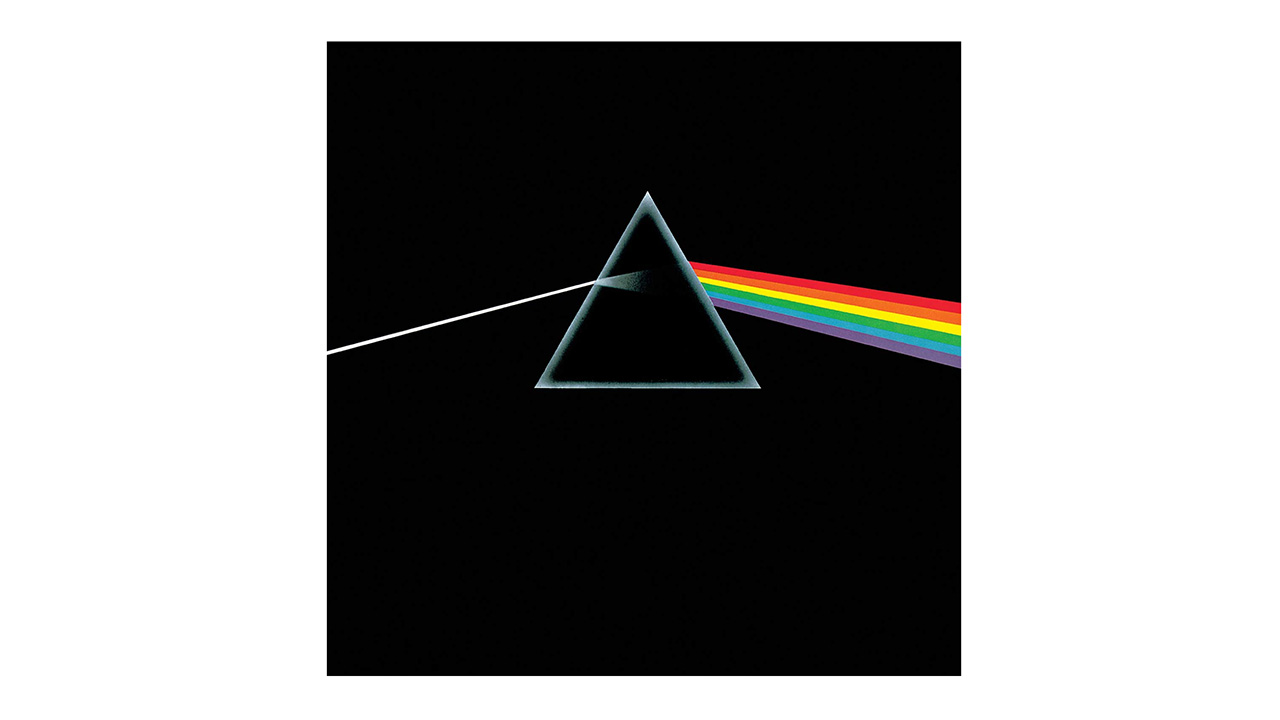
Pink Floyd had always been experimental in its approach to music, but the group really wanted to push the envelope further with its new project and suitably enhance the psychedelic-driven sounds that had featured so heavily on earlier albums. Alongside this, the group tackled mental illness, greed, the passage of time and conflict, all of which feature heavily in songs such as Money, Us And Them and Brain Damage (which was originally known as Lunatic during the album’s recording sessions and live performances).
It’s arguably one of the most accessible pieces of work that the band has made, and has become the perfect starting point for anyone new to the group. It has influenced a huge number of bands as diverse as Radiohead, My Morning Jacket and The Flaming Lips, who re-imagined the album in 2009.
So when it comes to The Dark Side Of The Moon, the main decision is which version should you go for? An original Harvest pressing from 1973 can sell for as much as £250, while the US version will see change from £20. A remaster released in 2009 by Mobile Fidelity Sound Lab is similarly priced to the US original, while the version released to celebrate the album’s 30th anniversary in 2003 is a little pricier, selling for as much as £100.
Alternatively, you can just pop down your local record emporium and pick up the 2016 reissue, which is highly recommended.
Read our Pink Floyd: Dark Side Of The Moon track-by-track
15. Iron Maiden: The Number Of The Beast
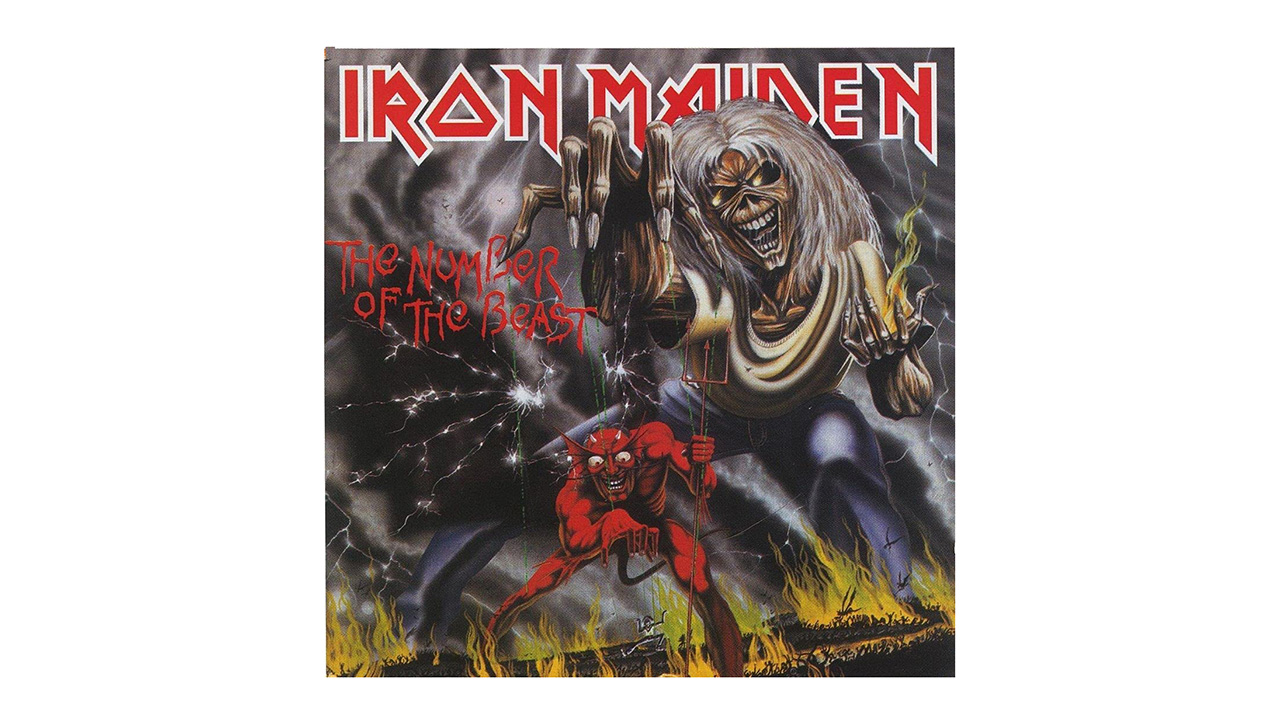
There are many Iron Maiden records that could easily have made this list, but their third studio album from 1982 deserves special attention for a number of reasons… around 666 of them to be precise. The Number Of The Beast followed Iron Maiden’s self-titled debut in 1980 and 1981’s Killers – a pair of albums helmed by frontman Pau Di’Anno, but this was the first time vocalist Bruce Dickinson had grabbed the mic.
The rollocking Invaders gets the party started before Maiden change the pace dramatically with the Sabbath-like wanderings of Children Of The Damned. It’s a track that takes its time to get move into top gear, but once it does, it’s unforgettable. The Prisoner’s intro dialogue features a snippet from the 60s TV show of the same name, before it launches into the fan favourite which has huge, catchy chorus.
22 Acacia Avenue’s chunky riff welcomes a tune focusing on the seedier side of life in London’s east end before the thunderous one-two punch of the title track and Run To The Hills - probably Iron Maiden’s most famous songs (at least to the outside world). The fast-paced Gangland follows and sets up the album’s epic closer Hallowed Be Thy Name – some of the Louder team’s favourite Iron Maiden songs. A stone-cold classic.
Read the story behind Iron Maiden's The Number Of The Beast
16. The Who: Quadrophenia
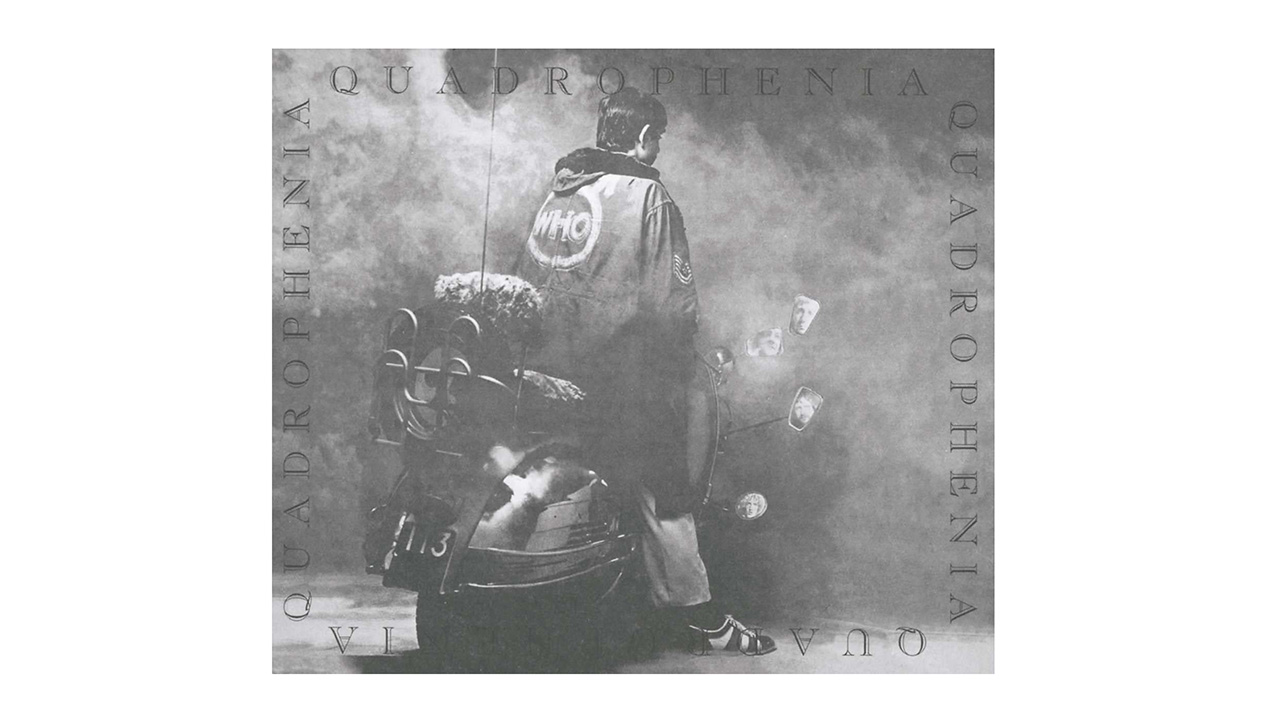
Entirely written by Pete Townshend, Quadrophenia follows teenager Jimmy: a misfit kid struggling to work out his place in the world – until, that is, he discovers the mod movement and The Who. Fed up of his life at home, his dead-end job and relationships with friends and family, he moves from London to Brighton. Jimmy suffers from schizophrenia and has four personalities, which explains the album title. Each of the personalities reflects a member of the band, and explores a theme which reoccurs in the album. Quadrophenia spoke to teens of the time who could relate to its teenage angst.
On the vinyl release, inside the gatefold is a summary of the plot of Quadrophenia as well as a booklet of photographs showing Brighton and London during the mod scene, when then album was set.
Why The Who's Quadrophenia is a prog epic
17. Queen: A Night At The Opera
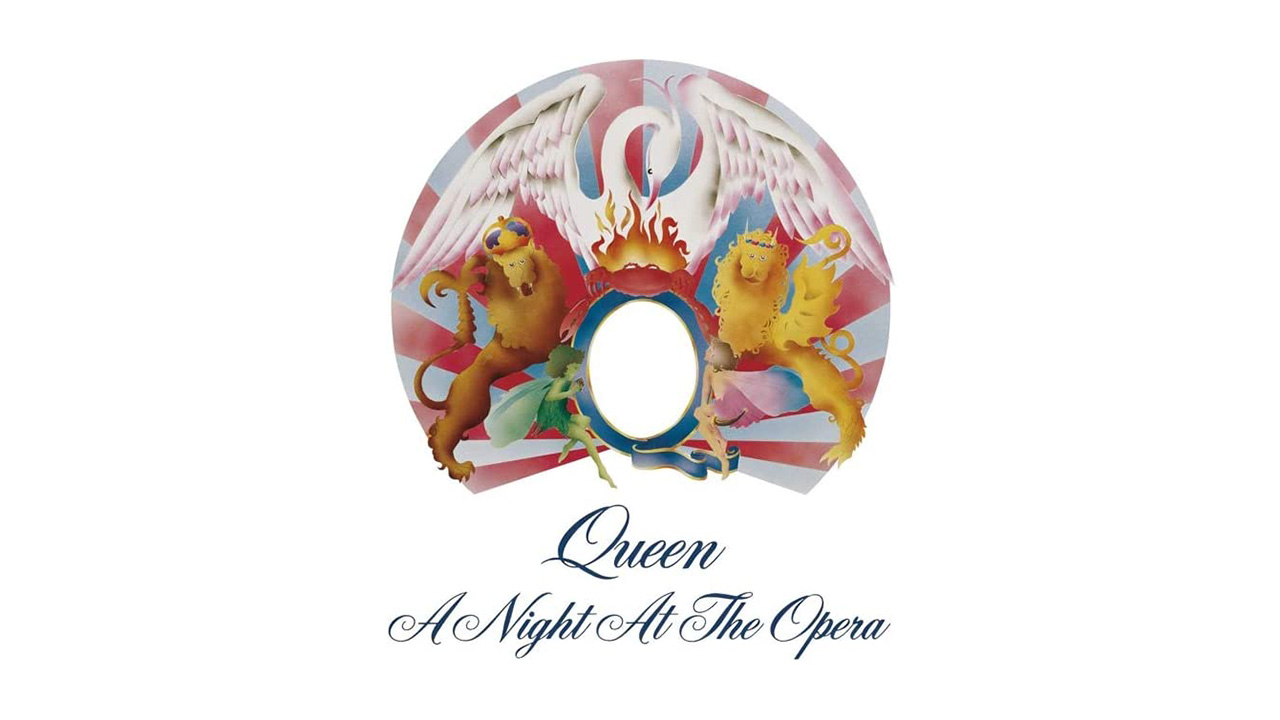
A Night At The Opera cemented Queen as a household name and – pardon the pun – music royalty. The album features Queen’s normal variety of genres, as well as experimentation of sounds and recording techniques. There are tracks that are all-out rock but the band doesn’t seem to take themselves too seriously in their music. Take for example Seaside Rendezvous, where Freddie Mercury imitates woodwind instruments using just his voice.
However, they have the occasional serious moment such as in the opening track Death On Two Legs, which is said to be a hate song directed towards Queen’s original manager. Love Of My Life was written by Mercury about his then-girlfriend Mary Austin, but Brian May would later rearrange the song and after Mercury’s death, dedicate it to him when playing it live.
You can’t mention a Night At The Opera without bringing up Bohemian Rhapsody, the best-selling commercial single of all time in the UK and one of the band’s most well-known songs. It was also the most expensive single to produce at the time of its release, being recording in multiple studios and taking over three weeks to make. It was twice the length of most singles and received only mixed reviews at the time, if you can believe it.
Now it is one of the most well-known rock songs of all time; it has topped charts around the world and remains to be a popular choice with drunk karaoke singers everywhere.
Queen: A Night At The Opera songs ranked from worst to best
18. Yes: Close To The Edge
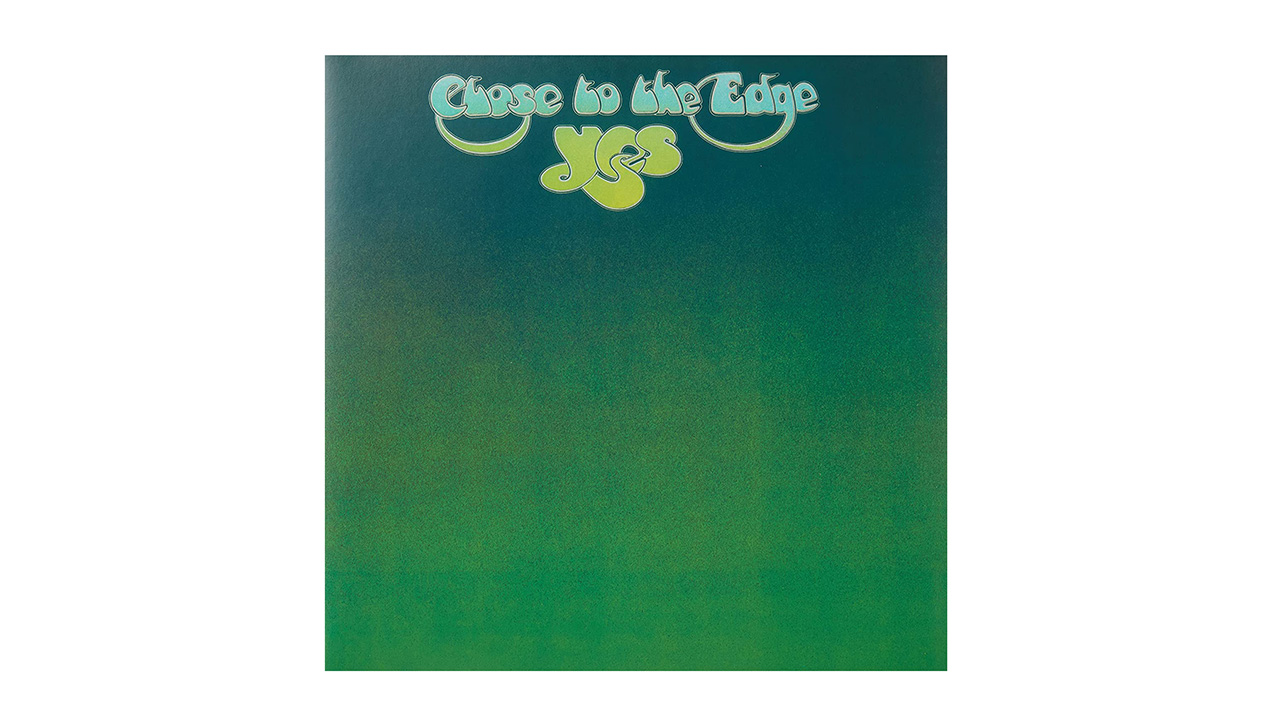
With a back catalogue as extensive as that belonging to Yes, picking out a must-have album on vinyl is a little tricky. On a different day it could have been Fragile or Relayer but when it comes right down to it, it’s hard not to include the shimmering offering that is 1972’s Close To The Edge.
The album sets out its intentions right from the off with the epic and meandering 18-minute title track – a prog masterpiece that’s peppered with glorious time changes and mood swings – and a song (can we simply call this a song?) with enough space – the whole of Side 1 – to allow Jon Anderson, Chris Squire, Steve Howe, Rick Wakeman and Bill Bruford to really shine.
The sweeping and melodic And You And I kicks off Side 2 and begins with a gentle acoustic passage and Anderson’s soaring vocals before everything comes beautifully together to create an prog-shaped audio delight. Siberian Khatru is the third and final track on Close To The Edge and is a more concise song than the previous two behemoths – but even so, it still manages to clock in at around the nine-minute mark. It drives along at a steady pace in in punctuated by Howe’s splendid playing and Wakeman’s tasty keyboard flourishes are a joy to behold.
Close To The Edge is Yes’s masterpiece and a wonderful place to begin your journey with the band if you’ve yet to dive in. It’s almost 50 years old at the time of writing, which is quite incredible – and makes a few of us feel VERY old. We wonder if Yes will celebrate its golden anniversary in 2022. We’ll just have to wait and see.
Read our full Yes: Close To The Edge review
19. The Beatles: Abbey Road
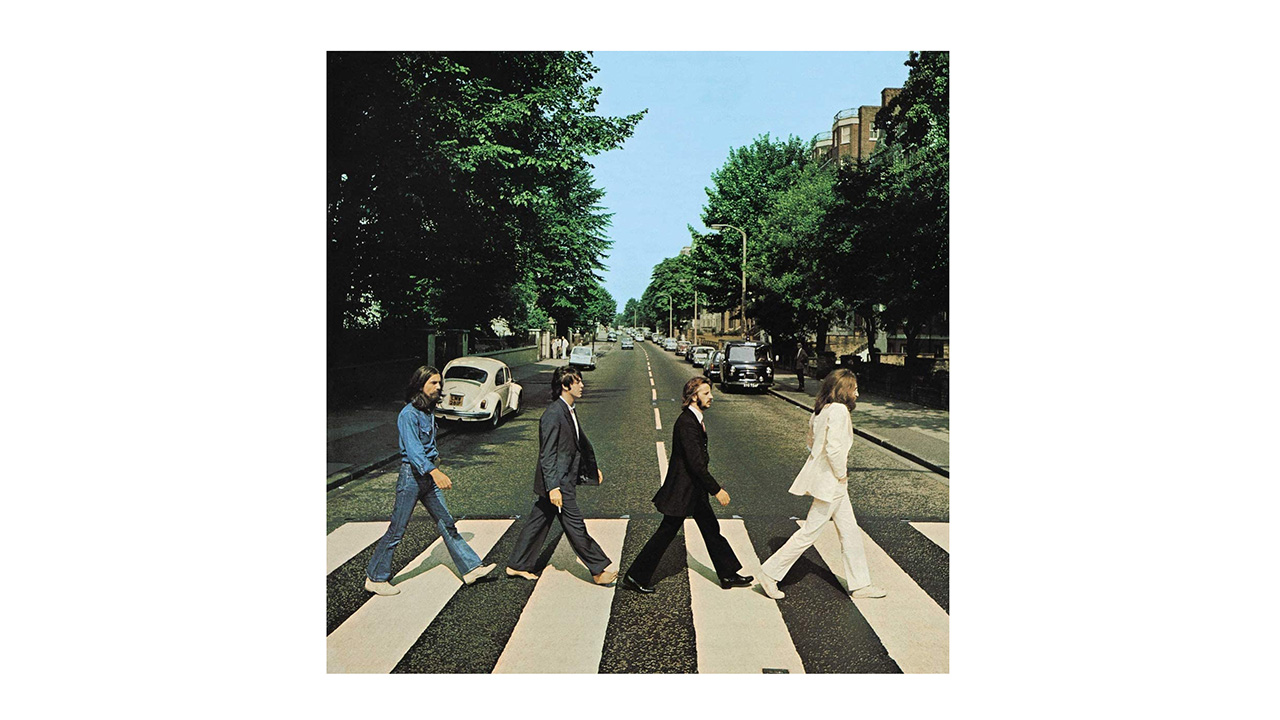
The second album by The Beatles in our list, but for good reason as Abbey Road is every bit a classic as Sgt Pepper’s – and for some it’s even better. It was Paul, John, George and Ringo’s 11th and penultimate studio album and came off the back of Yellow Submarine. The majority of songs on Abbey Road will be instantly recognisable to even non-Beatles fans: Come Together, Something, Oh! Darling, Octopus’s Garden, to name but a few.
The beating heart of Abbey Road, however, is the mood-lifting beauty of Here Comes The Sun – three minutes of pure magic that you don’t ever want to end. Sure, you could argue that it’s been overplayed down through the years, but for us, it’s always a ray of sunshine when the needle finds its way into the groove.
We’ll also give special mention to another few tracks: Carry That Weight, the quirky Mean Mr Mustard, and Golden Slumbers – which reached a new audience in the UK back in 2017 when Elbow covered it for the annual John Lewis Christmas TV advert.
Abbey Road was also re-issued in 2019 as a deluxe edition to mark the record’s 50th anniversary. All 17 tracks were remixed by Giles Martin and Sam Okell in stereo, hi-res stereo, 5.1 surround and Dolby Atmos. It also comes packed with session recordings and demos – the majority of which were previously unreleased.
Read our The Beatles: Abbey Road track-by-track guide
20. Metallica: Master of Puppets
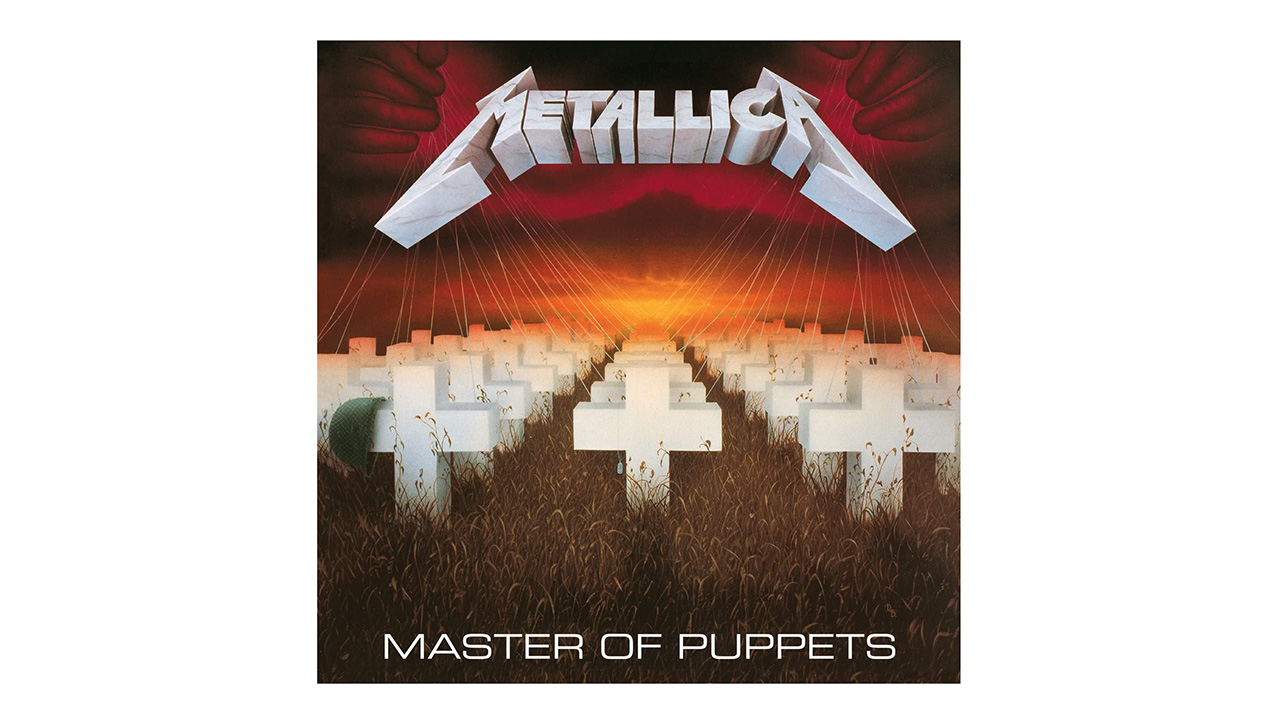
A thrash album in a list of the best classic rock albums? You bet – it’s more than earned its place. Metallica released Master Of Puppets in 1986 and it was an instant success, engaging not only thrash fans, but also making traditional rock fans sit up and take notice. Its crossover appeal helped raise the profile of not just Metallica, but for other thrash artists including Megadeth, Slayer and Anthrax – The Big Four.
Battery famously kicks things off with its ferocious pace and razor sharp playing. As an album opener, it’s pretty much the perfect introduction giving the listener a little bit of everything – with Kirk Hammett’s solo being a particular high point. Next we have the stone cold classic that is the title track – a massive track and favourite among all Metallica fans the world over. Can we call this thrash/prog? We’re not sure, but the middle section on the almost 9-minute track is a thing of beauty and when it starts to ramp up with Lars hammering seven shades out of the drums and that pounding riff, you know this is something special. Live, it’s hard to beat.
The Thing That Should Not Be is a hulking beast of a track, with an atmosphere lifted straight out of a dark horror flick, while Welcome Home (Sanitarium) is a twisted nightmare with time changes and stellar musicianship. The closing two minutes are a particular highlight.
The hard-hitting Disposable Heroes is a stark commentary on the draft system and victims of war and it thunders along as James Hatfield spits out “Back to the front” with pure venom. Leper Messiah might not receive the acclaim of some of the other tracks on Master Of Puppets but that riff is pure metal and more than deserves its place on a record which is start to finish as close to perfection as you’ll get.
The masterful instrumental Orion is the penultimate track and its 8-minute running time flies by in twisting guitars, pounding drums and a woozy middle section which slows things right down giving the listener a little room to breath. Damage, Inc. closes things out and is similarly paced to Battery and is a fine way to round things off.
Of course, Master Of Puppets was Metallica’s last to feature their classic lineup of James Hetfield, Lars Ulrich, Kirk Hammett and Cliff Burton, with Burton tragically losing his life in a tour bus accident in Sweden in 1986. It’s a fitting tribute.
Read the story behind Metallica: Master Of Puppets
Related content
You can trust Louder Our experienced team has worked for some of the biggest brands in music. From testing headphones to reviewing albums, our experts aim to create reviews you can trust. Find out more about how we review.
- Best record players: Turntables your vinyl collection deserves
- Best budget turntables: Our pick of the best cheap record players
- Cool vinyl record storage ideas
- How to store vinyl: Tips on keeping your collection in great condition
- Best vinyl record cleaners: Keep your vinyl collection in prime condition
- 7 ways to make your vinyl sound better: Get the most from your set-up
- 9 cheap upgrades you can make to improve your vinyl setup

